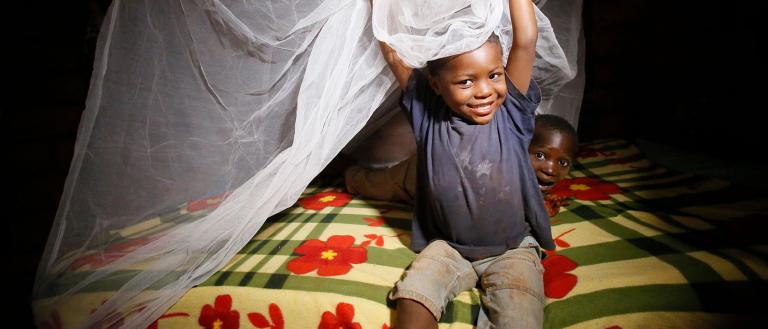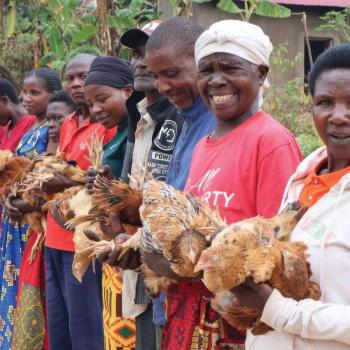Wills Point, Texas – GFA Special Report (Gospel for Asia) – Discussing the fight against malaria, prevention via mosquito netting and medical care to combat a parasitic genius.
Fighting Against Malaria
Though eradicated in many developed nations, malaria still claims thousands of lives around the world. One victim who survived this mosquito-borne disease compared its chills to “lying down between two blocks of ice.”
Each year, more than 400,000 people don’t survive those terrifying shudders.
As part of its long-term goal to eradicate malaria, this year the World Health Organization (WHO) is launching the first field test of a vaccine in real-world settings. Known as RTS,S, or Mosquirix™, the United Nations agency says this is the first vaccine shown to provide partial protection against malaria in young children by acting against the deadliest parasite globally. It will be made available to select residents of three countries in Africa, the continent linked to the highest number of cases. In addition to combating it, the organization hopes to train a spotlight on the need for dramatically increased funding for the fight against malaria.

“Progress in the global malaria response has unquestionably stalled,” said Dr. Pedro Alonso, director of WHO’s Global Malaria Program, in a letter last December.
“Clearly, to get the response back on track, increased funding is urgently needed from international donors and endemic countries. Critical gaps in access to tools that prevent, diagnose and treat malaria must be found and filled.”
To get an idea of the obstacles presented by malaria, consider the toll during 2016. Worldwide, there were 216 million cases, an increase of 5 million over the previous year. The death toll of 445,000 nearly matched that of 2015.
Although $2.7 billion was invested in the fight against malaria in 2016, WHO estimates a minimum of $6.5 billion will be needed annually by 2020.
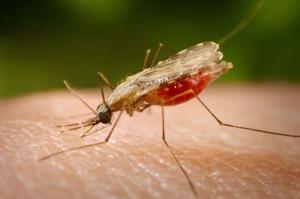
A life-threatening disease, malaria is caused by parasites transmitted to people through bites of infected female mosquitoes, known as anopheles. In people lacking immunity—especially pregnant mothers and young children—symptoms appear 10 to 15 days after the bite. Fever, headache, chills and vomiting are among the symptoms.
Severe cases in children can include severe anemia and respiratory distress, while in adults, the disease can affect multiple organs. Without treatment within 24 hours, certain kinds of malaria can cause death.
The Centers for Disease Control (CDC) says malaria occurs mostly in poor tropical and subtropical areas of the world and is a leading cause of illness and death in those regions. Some 3.3 billion people live in areas at risk of transmission.
Although Africa is home to the majority of cases, the problem exists across the globe, as evidenced by its presence in 91 countries. For example, to the east of the continent, CDC maps show malaria is prevalent across South Asia. That includes all of Laos, Bangladesh and India (except at higher elevations), and much of Cambodia and Pakistan (below 2,500 feet altitude). It is also present in areas of eastern Indonesia and some areas of Thailand, Vietnam, Burma (Myanmar) and Papua New Guinea.
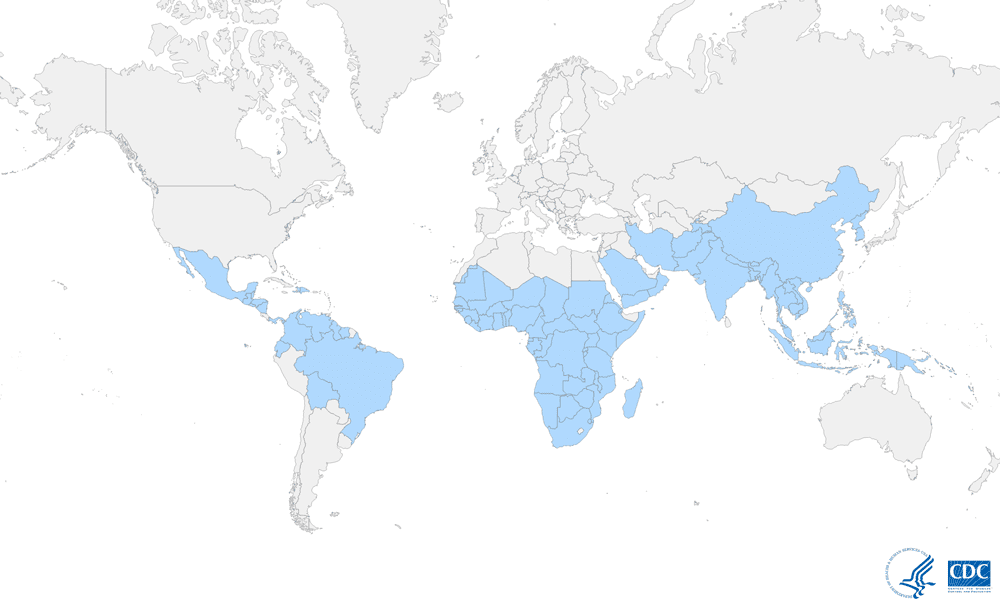
Even in the United States, which largely eradicated the problem in the early 1950s, the CDC says 1,700 cases are diagnosed annually. The majority are among travelers and immigrants returning from countries where transmission occurs, many from South Asia and sub-Saharan Africa. There were also 63 outbreaks of locally transmitted, mosquito-borne malaria between 1957 and 2015.
This fight goes on despite the awarding of five Nobel Prizes in physiology or medicine for work associated with malaria between 1902 and 2015. Small wonder that a National Institutes of Health researcher once commented, “In its ability to adapt and survive, the malaria parasite is a genius. It’s smarter than we are.”
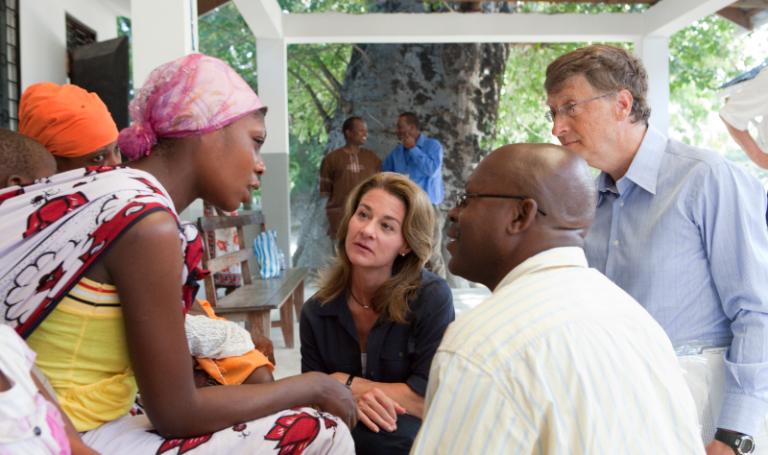
Spotlight on World Malaria Day
It isn’t just WHO focusing attention on malaria. In January, the Bill and Melinda Gates Foundation (long involved in anti-malaria causes), the Inter-American Development Bank and the Carlos Slim Foundation announced they would provide a collective total of $83.6 million in new funding for fighting against malaria in seven nations in Central America and the Dominican Republic.
The Regional Malaria Elimination Collective is also aimed at ensuring malaria treatment remains a health and development priority. The funds are to help leverage more than $100 million in domestic funding and $39 million of existing donor money by 2022. Although Central America has seen a 90 percent drop in cases since 2000, “progress against the mosquito-borne disease has stalled and several countries in the region still have significant problems with malaria,” reported Reuters News Service in late January.
These developments occur amid the upcoming World Malaria Day (Apr. 25), which has been an annual emphasis since 2007. The international observance was established by WHO’s decision-making body to provide education and understanding of the disease and to spread awareness of strategies to curtail its spread.

On its first year, former President George W. Bush designated Apr. 25 as “Malaria Awareness Day” and called on Americans to join the effort to eradicate the disease on the African continent.
Among the initiatives announced were a $3 million challenge grant from ExxonMobil, a fundraising promotion by Major League Soccer, a challenge by Pastor Rick Warren to 300,000 churches to take on malaria as a cause, and a campaign against malaria by the Boys and Girls Clubs of America.
A number of countries participate, spanning such nations as the U.S. to Germany to India, Nigeria and Uganda. In addition to governmental action, businesses, non-governmental organizations and individuals use the day as an opportunity to engage in fundraising, while many media outlets help publicize public awareness campaigns.
World Malaria Day helps shine a spotlight on prevention, a crucial strategy in reducing the incidence of the disease. WHO says that since 2000, this has played a key role in reducing cases and deaths, with the indoor spraying of insecticides and distribution of insecticide-treated nets leading the way.
What difference has this made? Across sub-Saharan Africa, just over half the population slept under nets in 2015, compared to less than a third five years earlier. During that time period, preventive treatment for pregnant women increased five-fold in 20 African nations. Globally, new malaria cases fell 21 percent between 2010–2015, while death rates declined by 29 percent. However, much remains to be done.
WHO’s global technical strategy has a goal of a 40 percent reduction in malaria cases and deaths by 2020, but less than half of the countries facing the threat are likely to meet that target.
Indeed, Dr. Abdisalan Noor, team leader of WHO’s Global Malaria Program Surveillance Unit, says the declining trend in malaria cases and deaths has slowed and even reversed in some regions over the past three years.
In commenting on the 2017 World Malaria Report issued last November, Dr. Noor said there are continued gaps in coverage of basic prevention, diagnostic and treatment tools.
“As noted in the report, less than half of households in countries in sub-Saharan Africa have sufficient bednets, and only about one-third of children in the African Region with a fever are taken to a medical provider in the public health sector,” he said.

Indeed, Dr. Abdisalan Noor, team leader of WHO’s Global Malaria Program Surveillance Unit, says the declining trend in malaria cases and deaths has slowed and even reversed in some regions over the past three years.In commenting on the 2017 World Malaria Report issued last November, Dr. Noor said there are continued gaps in coverage of basic prevention, diagnostic and treatment tools.
“As noted in the report, less than half of households in countries in sub-Saharan Africa have sufficient bednets, and only about one-third of children in the African Region with a fever are taken to a medical provider in the public health sector,” he said.
Fighting Malaria – A Chilling Disease: Part 2 | Part 3
This article originally appeared on gfa.org
To read more on Patheos on the fight against Malaria, go here.
Click here, to read more blogs on Patheos from Gospel for Asia.
Go here to know more about Gospel for Asia: GFA | GFA.org | Facebook | Youtube | Twitter


